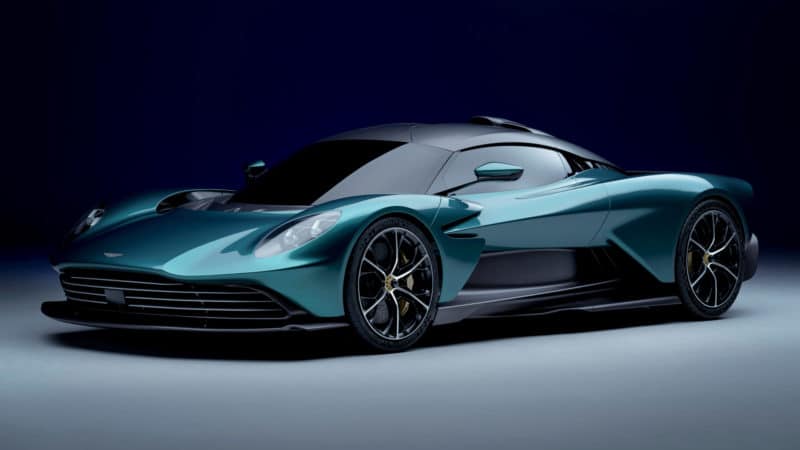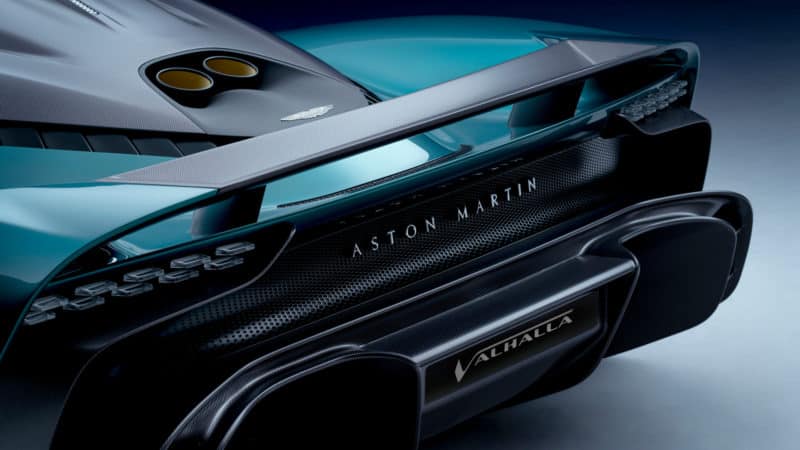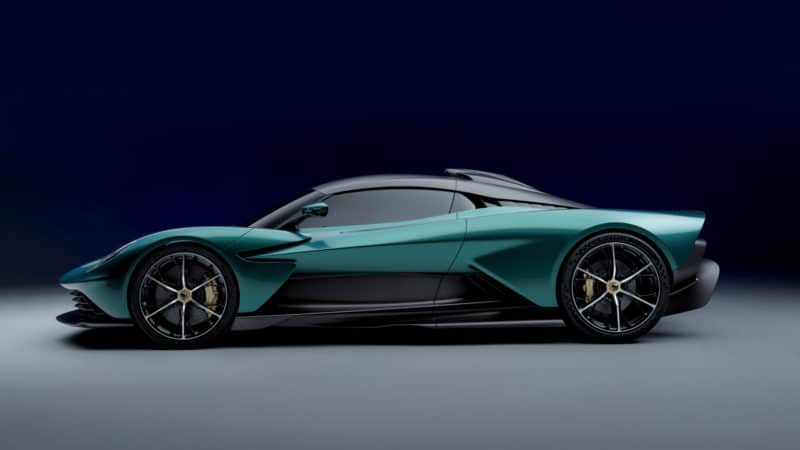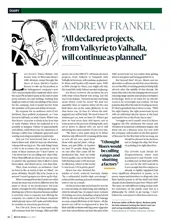And, yes I know the track is not exactly the same, but these were full ground effect, prototype racing cars with vast slicks, and the Valhalla a street machine with treaded tyres and number plates. Some will say ‘what do you expect after 40 years of development’ and they have a point, but I still find the prospect – if it does what Aston Martin claims – to be fairly extraordinary.
So much about this ‘new’ Valhalla encourages me. If an impractical and unworkable engine has been ditched in favour of one known to be bombproof, that clearly makes sense despite the millions wasted. I’m not worried that the result is heavier or that the car has been delayed. I prefer by far the new look and the performance of the car speaks for itself.
But that decision to put it into unlimited production concerns me. If they really don’t think there’ll be more than 1000 cars, why not say so? I guess because if it’s a smash hit they’ll feel foolish stopping production while demand remains strong. At the same time, £600,000 is a vast and possibly unprecedented amount to ask for a car with no upper limit to the numbers built. I feel it will scare off an entire constituency of potential prospects who like to put such chattels under a cover in a shed and watch them appreciate.
Good riddance you may say, but like their motives or not, these people are vital to the success of such companies. Were I in charge, I’d say we were building 950 – its power output in PS – and be happy to let demand exceed supply with all the longer-term benefits to the brand and residual values that brings.
Even so, Moers’ first big step is interesting to see and, with the one reservation outlined above and on paper at least, it appears to be in the right direction.






